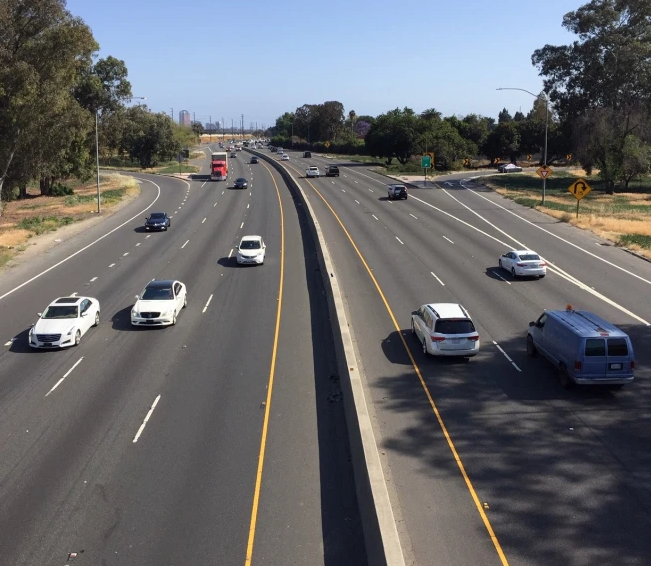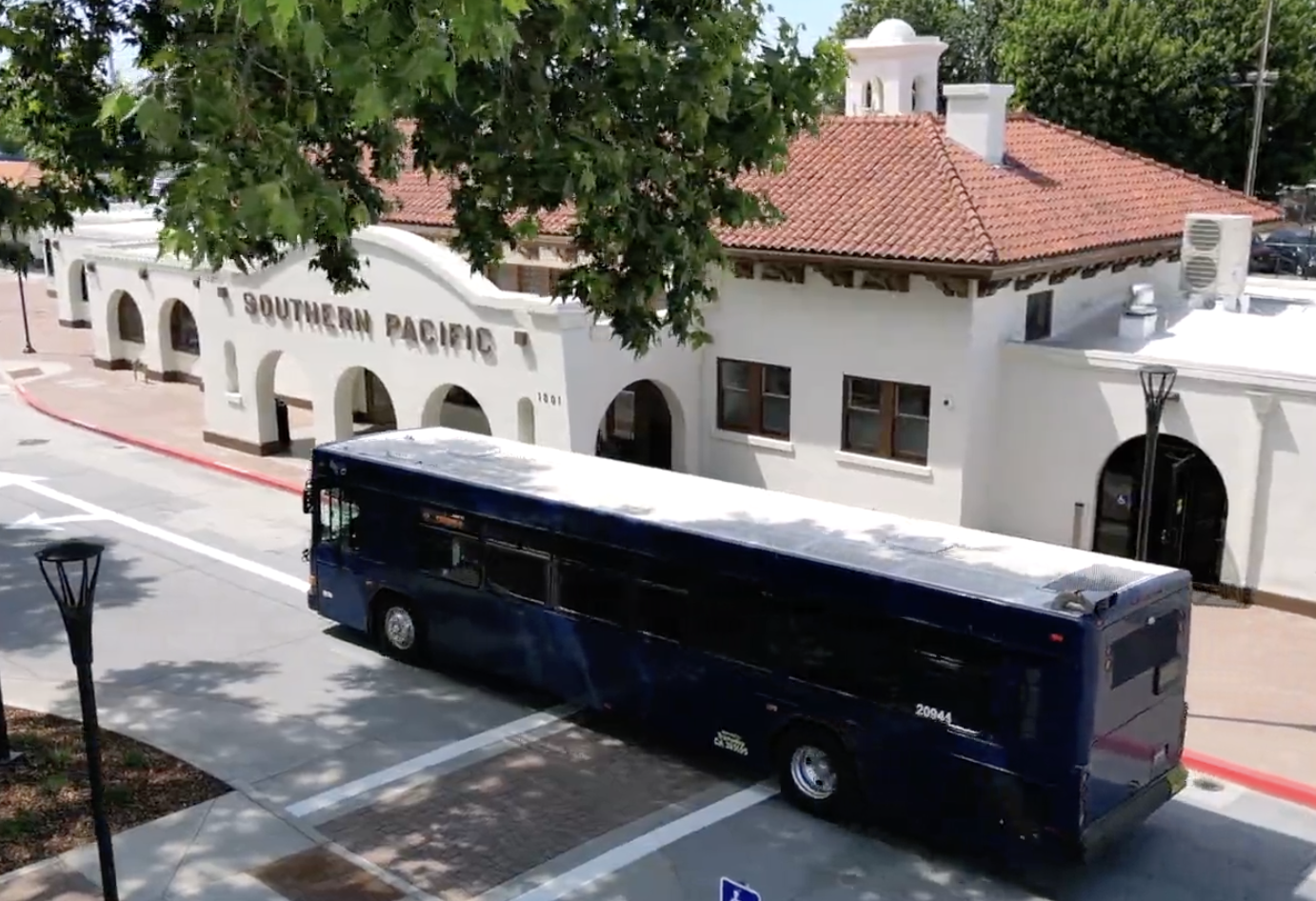"Everybody loves the innovative, climate-friendly, equity-friendly programs A.B. 285 wanted interrogated," Professor Elizabeth Deakin of University of California Berkeley told participants of a SPUR discussion this week.
These programs include the Affordable Housing and Sustainable Communities Program, the Transit and Intercity Rail Capital Program, the Low Carbon Transit Operations Program, the Transformative Climate Communities Program, and the Sustainable Transportation Planning Grant Program, all of which work towards multiple goals to encourage and enhance sustainable, equitable alternatives to the status quo in transportation, housing, and community building.
"But," said Deakin, "these programs make up only two percent of total transportation funding in California."
It's the other investment programs, practices, and policies that need to shift if California is to reach its climate goals.
And that has been the crux of the A.B. 285 project, which asked: what is the current planning and funding landscape in California, how did we get here, and how do we get where we need to be? The answer is: not by continuing status quo planning.
The difficulties with making the necessary paradigm shift - including applying new priorities to projects that have been in a slow-moving "pipeline" for years - are spelled out in the UC research report. The team discusses the disjointed nature of planning, which is done by various types of institutions at various levels of government with varying responsibilities, funding sources, and rules. Reams of planning documents are produced, many of which are full of good ideas but are aspirational, not grounded; disjointed, not connected.
"It's very difficult to follow projects," said California Transportation Commissioner Darnell Grisby. "When they show up in planning documents, sometimes only segments are discussed. Some are identified as small sections that will 'add functionality' to an existing road, but when you add all the separate pieces together, what you get is a brand new expressway."
This, he said, is "not fair to people across the state," who have little opportunity to understand and weigh in on projects, and there is no room to explore whether they will support larger state goals. "We need a better way to follow and talk about these more honestly."
"We have a mess out there," said Professor Deakin at one point. "Our team struggled to figure out what is being called a 'project' - they get sliced into pieces for funding purposes. Different names are applied; one region labels high-occupancy vehicle lanes 'transit' and another says they are 'highway projects.' "
"We need clearer and more consistent data so we can evaluate projects," she said.
Right now, for example, there's an ongoing discussion among advocates and planners about how many projects in the recently proposed SHOPP and STIP plans contain bike and pedestrian facilities. Depending how they are counted, the number of projects that include active transportation facilities ranges widely - and that isn't even taking into account whether those facilities are worth labeling "bike" or "pedestrian" facilities. Therefore, it's hard for advocates, even if they have time, money, and advanced degrees, to comb through the plans so they can weigh in on them.
The same goes for any effort to evaluate existing and planned projects to judge whether they align with state goals on climate and equity. Even where some are tackling this question - Professor Deakin mentioned the Bay Area and San Diego areas as examples of regions that are beginning to do so - they are discovering that it takes time and money to go back and reevaluate projects against new and urgent priorities - including on some projects that have been in the pipeline for decades.
There are also political issues with reevaluating projects. "Particularly for locally supported projects," said Grisby, "where they have a 'covenant' with voters" who approve specific project lists within local sales tax measures, for example. "I do wonder what would happen if we had an honest conversation about what we've learned over the years," said Grisby. "We need a stronger civic society, we need better funded advocacy organizations" to tackle the problem of educating voters.
The UC research team offered some hope: there is flexibility in many of the existing funding programs, and there are plenty of ideas within the existing plans on how to better apply funding. "We can encourage alternative modes, try new mobility services, focus on operational efficiencies instead of expansion," said Professor Deakin. "We can try pricing - we're getting a peek at that right now, aren't we? We can offer matching funds to high priority projects."
There are some concerns that too much flexibility would cause an "anything goes" attitude, or that a reconsideration of priorities could trigger CEQA reviews, but Deakin's legal team believes these may not be as important. "The bigger issue is a political one, including those 'promises made' to voters," said Professor Deakin. "So there's still a lot of work needed to reach agreement."
Nailah Pope-Harden, Executive Director of ClimatePlan, applauded the report for shining a light "on some things that folks in the advocacy community have been saying for a long time." This is an opportunity for the state to put increased attention - and intention - on recognizing that the transportation system contributes to and also perpetuates inequities as well as climate and environmental issues.
"Right now, we have an additive process, where when we have a new goal, we create a new program, rather than reassess old programs. But what's needed is to change the structure of how decisions are made. Even our good programs have a chance to do better at addressing climate health and equity goals."
"What we don't need are more visions and plans," she said. "We already have a lot of great ones. The question is how and what we do next."
This doesn't need legislation, she said. "There's flexibility in current programs - we need to start there first, do the evaluation, and shift the way we're prioritizing them."
The Strategic Growth Council, which has been managing the report, is beginning a public outreach and engagement process as next steps on the report. More information can be found here.





